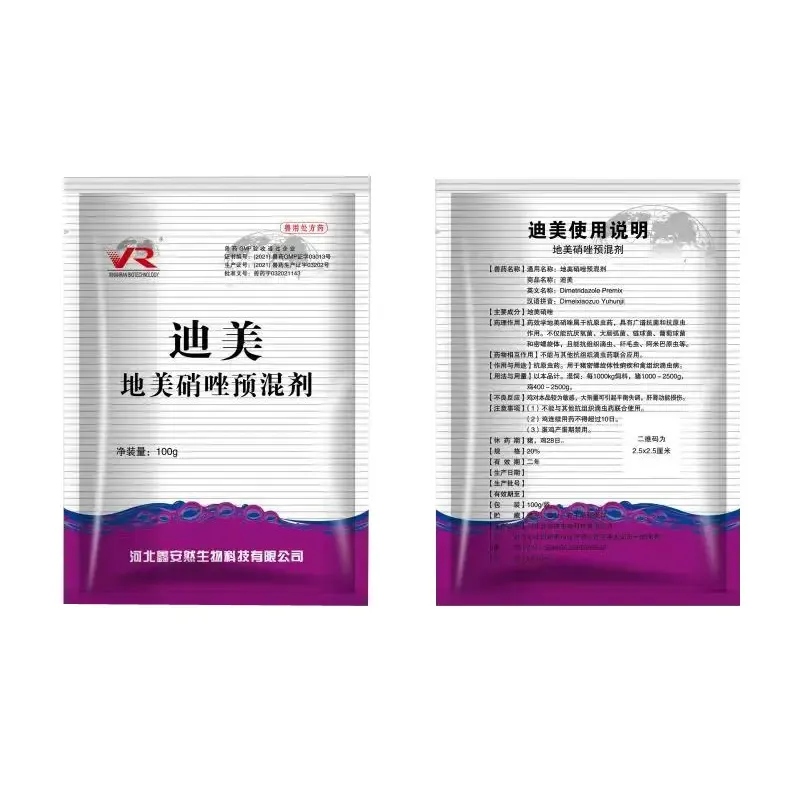- Afrikaans
- Albanian
- Amharic
- Arabic
- Armenian
- Azerbaijani
- Basque
- Belarusian
- Bengali
- Bosnian
- Bulgarian
- Catalan
- Cebuano
- Corsican
- Croatian
- Czech
- Danish
- Dutch
- English
- Esperanto
- Estonian
- Finnish
- French
- Frisian
- Galician
- Georgian
- German
- Greek
- Gujarati
- Haitian Creole
- hausa
- hawaiian
- Hebrew
- Hindi
- Miao
- Hungarian
- Icelandic
- igbo
- Indonesian
- irish
- Italian
- Japanese
- Javanese
- Kannada
- kazakh
- Khmer
- Rwandese
- Korean
- Kurdish
- Kyrgyz
- Lao
- Latin
- Latvian
- Lithuanian
- Luxembourgish
- Macedonian
- Malgashi
- Malay
- Malayalam
- Maltese
- Maori
- Marathi
- Mongolian
- Myanmar
- Nepali
- Norwegian
- Norwegian
- Occitan
- Pashto
- Persian
- Polish
- Portuguese
- Punjabi
- Romanian
- Russian
- Samoan
- Scottish Gaelic
- Serbian
- Sesotho
- Shona
- Sindhi
- Sinhala
- Slovak
- Slovenian
- Somali
- Spanish
- Sundanese
- Swahili
- Swedish
- Tagalog
- Tajik
- Tamil
- Tatar
- Telugu
- Thai
- Turkish
- Turkmen
- Ukrainian
- Urdu
- Uighur
- Uzbek
- Vietnamese
- Welsh
- Bantu
- Yiddish
- Yoruba
- Zulu
8 月 . 17, 2024 11:03 Back to list
Amoxicillin 1g Injection for Effective Treatment of Bacterial Infections
Amoxicillin Injection 1g An Overview
Amoxicillin is a widely used antibiotic that belongs to the penicillin group of medications. It is primarily effective against a variety of bacterial infections, making it a crucial component in the treatment arsenal for healthcare providers. The 1g injection formulation is particularly beneficial in treating severe infections, where rapid therapeutic action is necessary.
Mechanism of Action
Amoxicillin works by inhibiting the synthesis of bacterial cell walls. It binds to specific proteins known as penicillin-binding proteins (PBPs) located inside the bacterial cell wall. This binding prevents the bacteria from forming a stable cell wall, ultimately leading to cell lysis and death. Due to its bactericidal properties, amoxicillin is effective against both gram-positive and some gram-negative bacteria.
Indications for Use
Amoxicillin injection is typically indicated for the treatment of a range of infections. These include respiratory tract infections, urinary tract infections, skin and soft tissue infections, and certain gastrointestinal infections, among others. It is also used in the treatment of endocarditis, pneumonia, and sepsis, where timely intervention is crucial. The 1g dosage is beneficial for adult patients or in cases where a high concentration of the antibiotic is required to combat serious infections.
Dosage and Administration
The standard dosage for amoxicillin is determined by the type and severity of the infection, as well as the patient’s age, weight, and renal function. For adults, the usual dosage may range from 500 mg to 1 g every 8 hours. The injection form can be administered intravenously or intramuscularly, depending on the clinical situation and healthcare provider's judgment. Rapid onset of action is a key advantage of the injection formulation, making it particularly valuable in acute care settings.
amoxicillin injection 1g

Side Effects and Precautions
While amoxicillin is generally well-tolerated, it is essential to be aware of potential side effects. Common side effects may include nausea, vomiting, diarrhea, and allergic reactions, which can range from mild rashes to severe anaphylactic reactions. Patients with a known allergy to penicillin or cephalosporins should not use amoxicillin. It's crucial for healthcare providers to conduct a thorough medical history to identify any risks before initiating treatment.
Patients with renal impairment may require dosage adjustments to prevent accumulation and toxicity. Monitoring kidney function is vital, especially in patients with existing renal issues or those receiving prolonged therapy.
Resistance and Stewardship
Antibiotic resistance is an increasing concern in the medical community. The misuse and overuse of antibiotics, including amoxicillin, have led to the emergence of resistant bacterial strains. As such, it’s essential for healthcare providers to adhere to guidelines regarding the appropriate use of antibiotics. Amoxicillin should be prescribed judiciously and only when a bacterial infection is confirmed or strongly suspected.
Conclusion
Amoxicillin injection 1g serves as a significant tool in managing serious bacterial infections. Its effectiveness, coupled with a relatively favorable safety profile, makes it a choice for many healthcare providers. However, the need for responsible prescribing practices cannot be overstated. By ensuring the appropriate use of this antibiotic, we can preserve its efficacy and combat the rising tide of antibiotic resistance, safeguarding public health for future generations.
-
The Power of Radix Isatidis Extract for Your Health and Wellness
NewsOct.29,2024
-
Neomycin Sulfate Soluble Powder: A Versatile Solution for Pet Health
NewsOct.29,2024
-
Lincomycin Hydrochloride Soluble Powder – The Essential Solution
NewsOct.29,2024
-
Garamycin Gentamicin Sulfate for Effective Infection Control
NewsOct.29,2024
-
Doxycycline Hyclate Soluble Powder: Your Antibiotic Needs
NewsOct.29,2024
-
Tilmicosin Premix: The Ultimate Solution for Poultry Health
NewsOct.29,2024













